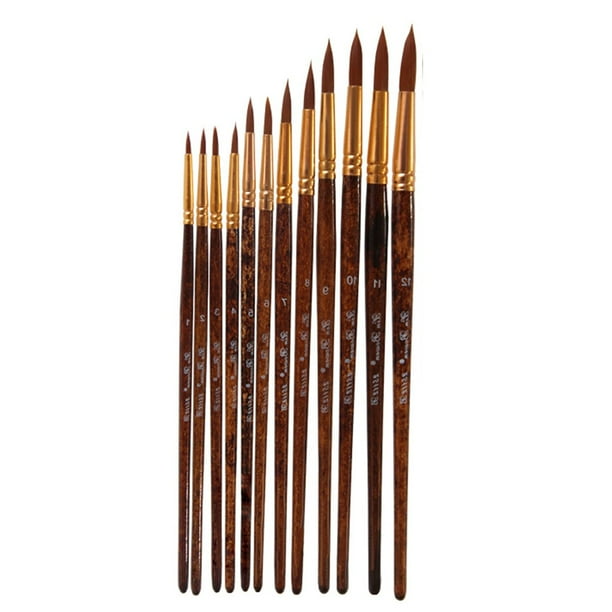Rubber Empaistic Wood Grain Graining Pattern DIY Grain Painting Tool Wood Graining Painting Tool Wood Texture Graining Tool Household Wall Art Paint for Wall Room Decoration (Black, Red,4 Pieces) 4.5 out of 5 stars 23. Pro Grade - Paint Brushes - 5 Ea - Paint Brush Set. Proper technique when painting on wood can produce a better finish. These techniques will also work for varnishing wood. Varnish, a clear protective coating that's either glossy or matte, can give the wood colored protection and sometimes will even enhance the wood grain and patterns. Mezzo Artist Brush and Paint Tube Organizer Rack (#002) Wood-Grain Laminate, Multi-Layer Storage Display Stand for Paintbrushes, Oil & Acrylic Paints Holds 18 Tubes up to.


The right brush and tool will help you create that special finish.
Photo: hirshfields.com
Graining and marbling—though widely practiced in the nineteenth century—have long been out of favor. But in recent years, these faux finishes have been rediscovered.
The chief advantage of these decorative techniques is that, for the price of mere paint supplies, you can have the appearance of expensive materials such as marble or handsomely grained mahogany, maple, or other woods. Furniture, trim, even floors, doors, and other surfaces can be given a new visual richness.
Related: The Perfect Paintbrush—and How to Choose It

The basic techniques are remarkably simple. A base coat of paint is applied to the surface to be finished and allowed to dry. Then a second color is applied, which is then tooled to create the effect of the grains or veins one sees in woods or marbles; in some cases, a third or even more colors may also be used. In the case of verde marble, the base coat is black, the second color green, with white veining added. For a mahogany grain, a base color of a crimson red is largely obscured beneath a glaze of brown. Typically, the base coat is an oil- or latex-based paint, the second coat a tinted glaze. For some effects, charcoal, acrylics, or artist’s tube paints may be used.
Graining and marbling are akin to the practices of distressing, in which a second coat of paint (of a different shade or tone) is sponged, stippled, or otherwise “distressed” to give the painted surface a variegated quality. The key difference is that in graining and marbling the intent is to replicate with some degree of accuracy the appearance of the actual wood or stone. To accomplish that, a variety of tools are needed. A standard paintbrush is generally used for applying the base coat, but a number of specialty brushes and applicators are handy for later steps. Among them are:
Graining Combs. These rubber or metal tools are used to create the illusion of wood grain. While a glaze or top coat of paint is still wet, the tool is drawn through the paint.
Grainer Brush
Dragging Brush. Also called an overgrainer, this one has horse bristles and can add a striated effect as it is drawn or “dragged” through the paint.
Artist’s Paintbrushes. These delicate sable brushes are used for veining and other line in-painting.
Badger Blender. As the name suggests, this brush is made of badger fur. It’s a very soft brush, used for blending coloring with a delicate touch.
Flogger Brush. In contrast to the blender, this brush has quite stiff, long bristles. It’s for distressing a painted surface.
Paint Wood Grain Effect
Feathers, Rags, Paper Towels, and Applicators. Just about anything you can think of can be- used to apply paint – and probably is. Aluminum foil, wood scraps, and sponges are other options. Feel free to experiment.
